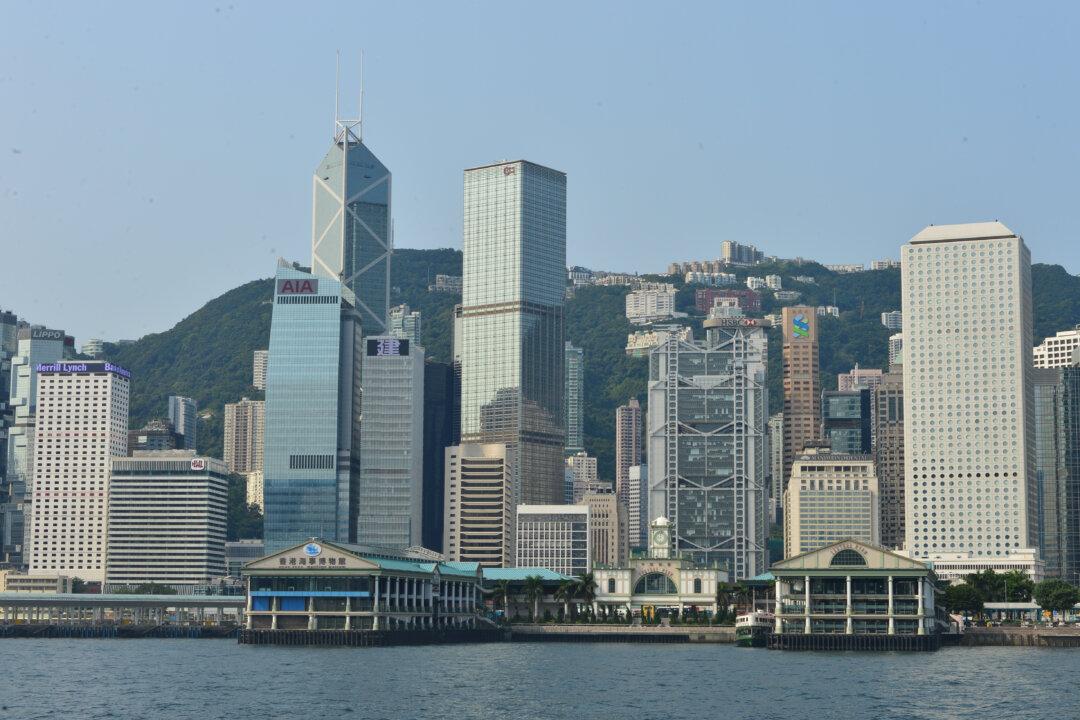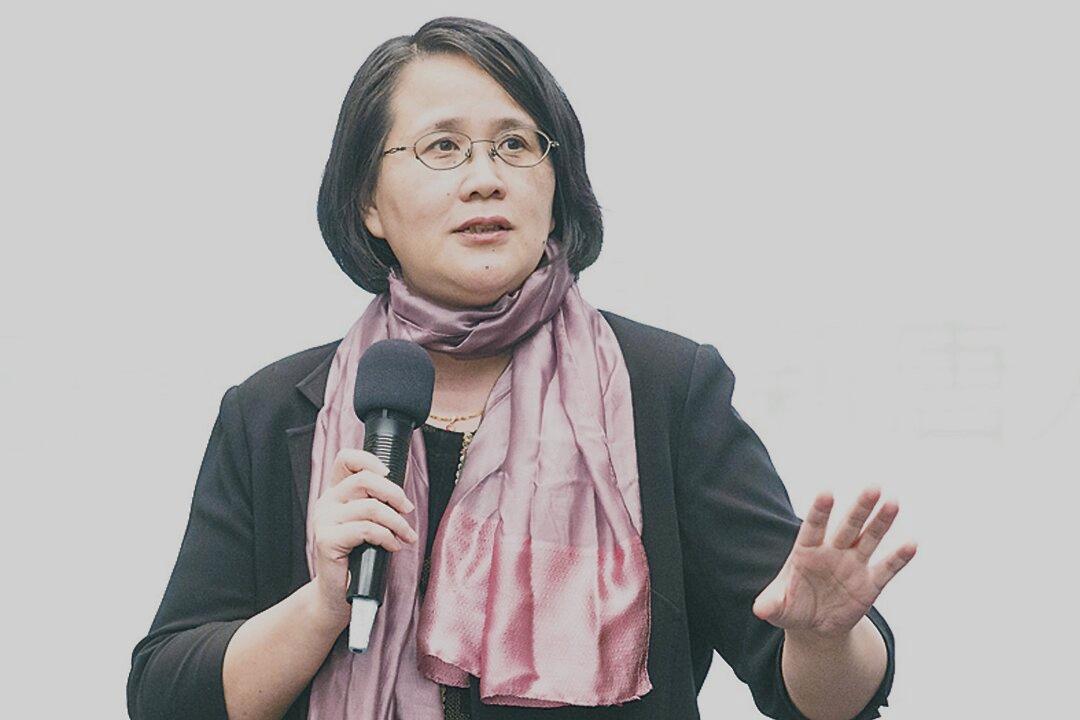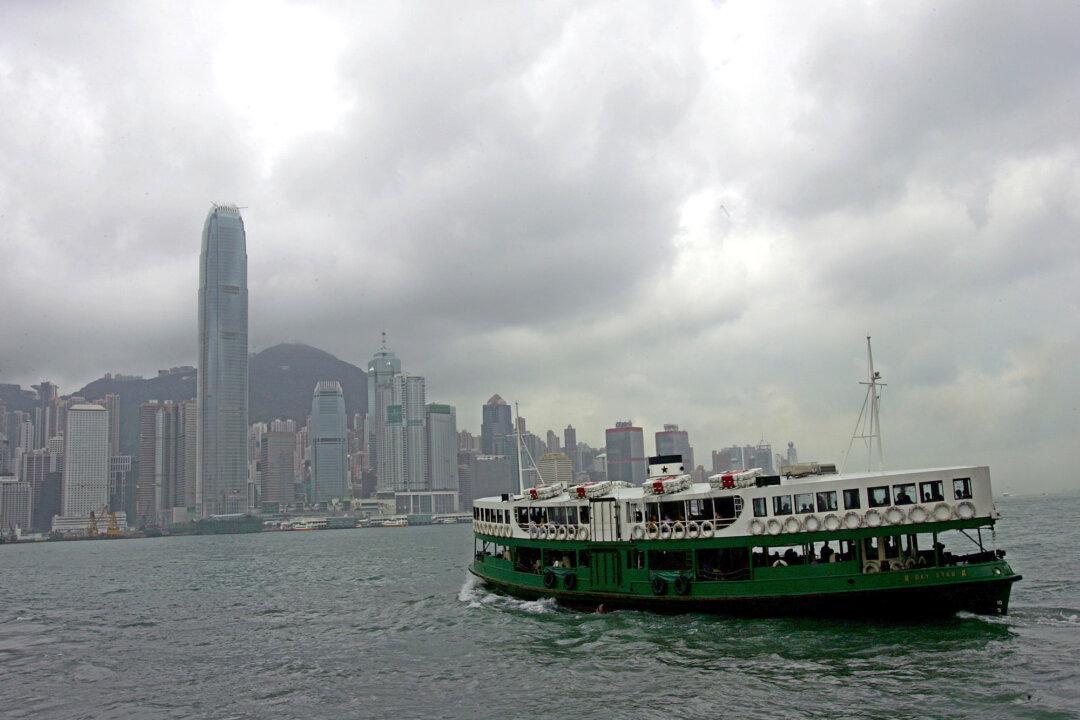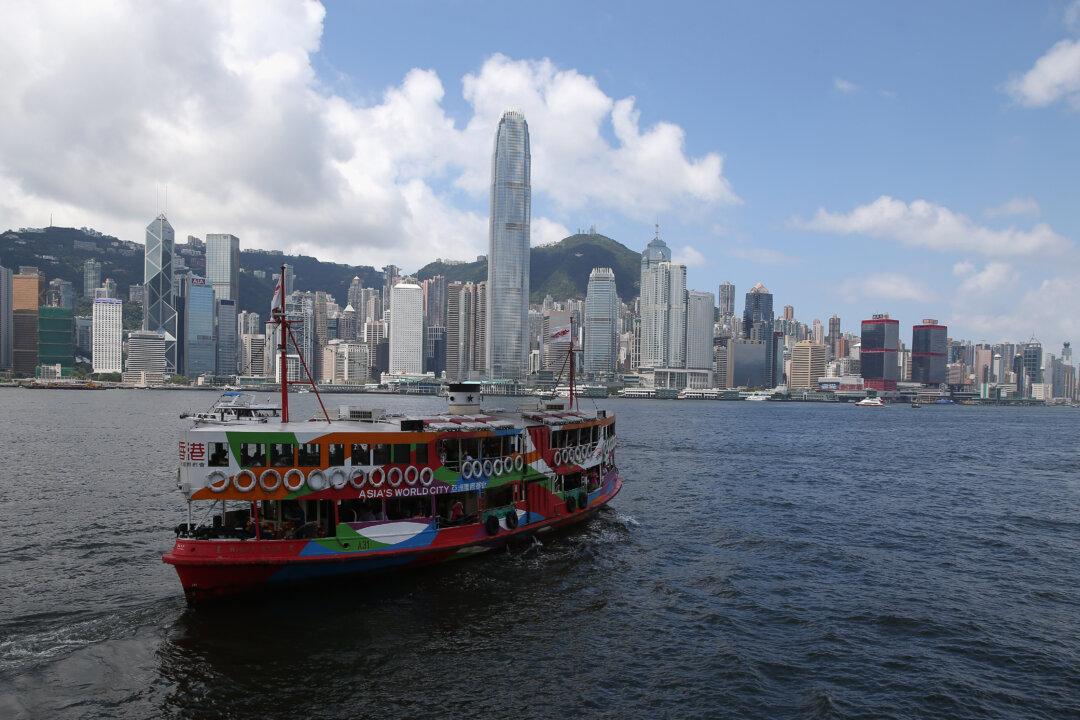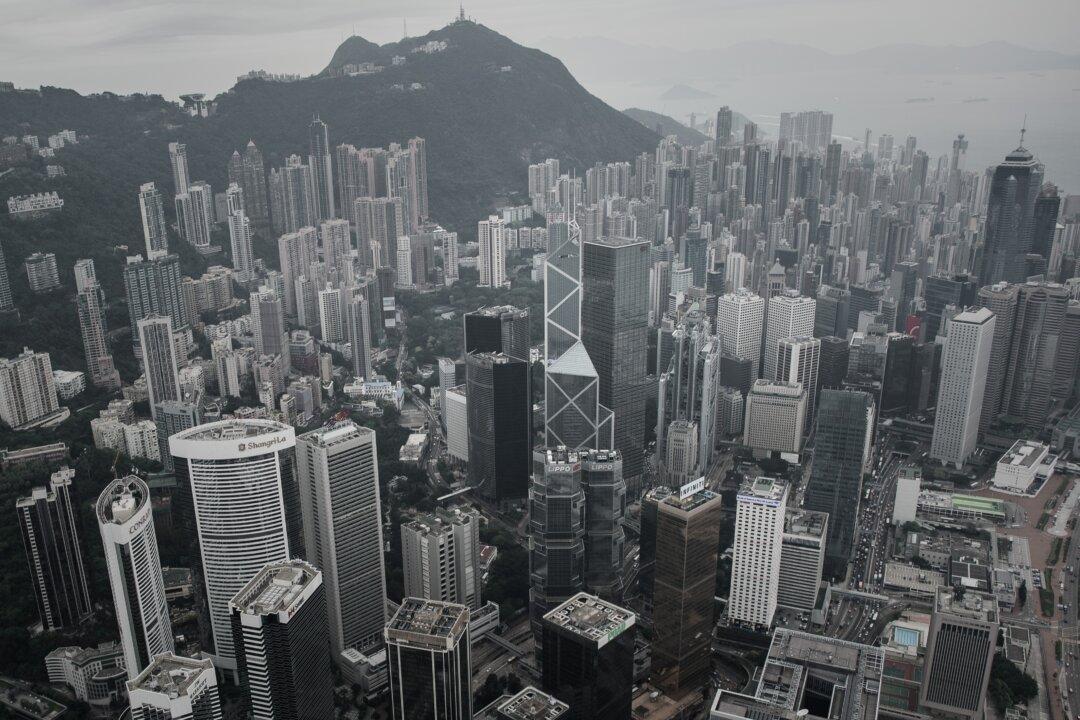On Feb. 18, 2015, Epoch Times Hong Kong branch president Ms. Guo Jun gave a speech in Tokyo’s Shinjuku Keio Plaza hotel on the current affairs of China. She provided a detailed analysis of some key issues surrounding the great changes China is currently going through and their implications for Japanese and Hong Kong society.
[last week Part 5]
The relationship between Hong Kong and mainland China is very complicated. It is also quite a fascinating topic.
Like Japan, Hong Kong has made an important contribution to China’s economic reform. Japan’s contribution to China is government-driven; the government provided financial assistance and interest-free loans to China, then followed up with investment in the large enterprises in China.
Hong Kong’s contribution is community-led. We all know that Hong Kong’s businessmen began to move into China at the beginning of China’s economic reform, mainly the manufacturing businesses.
In the late eighties and nineties, almost all of Hong Kong’s manufacturing factories had moved to mainland China, bringing with them the industrial management system and export-initiated processing industry model.
By the late 1990s, Hong Kong had almost no manufacturing industry. It had all settled in mainland China.
In 1984, Zhao Ziyang recommended opening 14 coastal cities. China’s economic strategy could be summarized as the “three-plus-one” trading mix (custom manufacturing with materials, designs or samples supplied, and compensation trade).
This put both ends of the production process—the supply of raw materials and the marketing of products—on the world market, and it meant large quantities of imports and exports.
Deng Xiaoping said in internal speeches that if mainland China could “devise dozens of cities like Hong Kong, things would be easier.”
In the next few decades, China’s economy followed the Hong Kong model, from the neighboring Guangdong Province to the rest of China. Now China’s import and export trade is 40 percent of the national GDP, similar to the trade model of Hong Kong.
Hong Kong’s Land Policy
The land policy of Hong Kong has also been considered a reference by mainland China. Large numbers of Chinese delegations visited Hong Kong in the mid-1990s, and they admired Hong Kong’s land policy.
The Hong Kong government had accumulated a large sum of capital for selling land, which is called the Land Fund. Prior to 1997, the Hong Kong government’s land fund was about 300 billion Hong Kong dollars, equal to approximately US $40 to 50 billion.
I once interviewed a member of a central-government delegation, and his envy of the Hong Kong Land Fund was palpable. At that time, the Chinese government, especially the local governments, were financially tight. Therefore China began to model the land policy of Hong Kong.
Many cities started to follow the practice of Hong Kong in which the government develops land for sale and then forms business partnerships with real estate developers to raise real estate prices. In many cities, more than 50 percent of local revenue is from land transaction fees.
Back in 1997, there was a great controversy between Britain and China over the future development of Hong Kong. There were two main arguments.
One was how to use the Land Fund. Chris Patten, the last governor and Commander-in-Chief of Hong Kong, planned to use the Land Fund to build a Lantau Island airport and connecting roads and bridges. The Chinese government thought the British were going to deplete the money deliberately, as the money was a huge sum in the eyes of the Chinese government at the time.
The second argument was on the democratic elections of the Hong Kong Legislative Council (LegCo) promoted by Chris Patten.
LegCo Election System
There are two types of members in the LegCo. One type is chosen through direct election. Similarly to Western countries, they are elected by voters in the geographical constituency.
Currently there are 35 directly elected LegCo seats, accounting for half the total seats.
The other members are elected through functional constituencies, in which a professional or special interest group is involved in the electoral process. For example, the financial sector and the financial services sector elect two members.
The problem is that the election of the financial sector and financial services sector is dominated by investment banks, security firms, and commercial banks. Therefore the members of the sector are actually elected from a very small number of people.
The Chinese government thought the second election approach was to their advantage, since it would be much easier to control a few hundred business organizations than millions of voters. Therefore they wanted to continue this practice.
Chris Patten was the only governor appointed by the British government who had a political background. All former governors were career diplomats from the UK Foreign Office.
Patten extended the definition of functional constituencies, and thus virtually every Hong Kong organization was able to vote for the so-called indirectly elected members of the LegCo. For example, members of the financial industry were voted on by all financial industry practitioners, which represented an increase of hundreds of thousands of votes in the ballot.
The Chinese government completely negated this reform. Upon the handover of Hong Kong to China in 1997, the elections from functional constituencies were restored to the original small group voting system. The current council elections remain the same as those before Patten’s 1995 electoral reform.
Chief Executive Election
Another issue is the election of the Hong Kong chief executive.
In 1997, the Chinese Communist Party (CCP) appointed a 400-member election committee to be responsible for electing the chief executive. Later, the committee members increased to 800 people, then to 1,200.
The CCP manages the appointment of the committee members, including the so-called 36 sectors, all the council of Hong Kong including the District Council, the Chinese People’s Political Consultative Conference (an advisory body for the Chinese Communist Party) representatives, and people from religion, education, culture, arts, business, banking, and union groups.
This arrangement helped the Chinese regime control most of the election committee and the election of the chief executive.
Last year, the cause of Hong Kong’s Umbrella Movement was that Beijing authorities had promised to have universal suffrage in Hong Kong in 2017. However, in operational details, the National People’s Congress Standing Committee (NPCSC) released a decision that the chief executive candidates had to be accredited first by the Election Commission.
